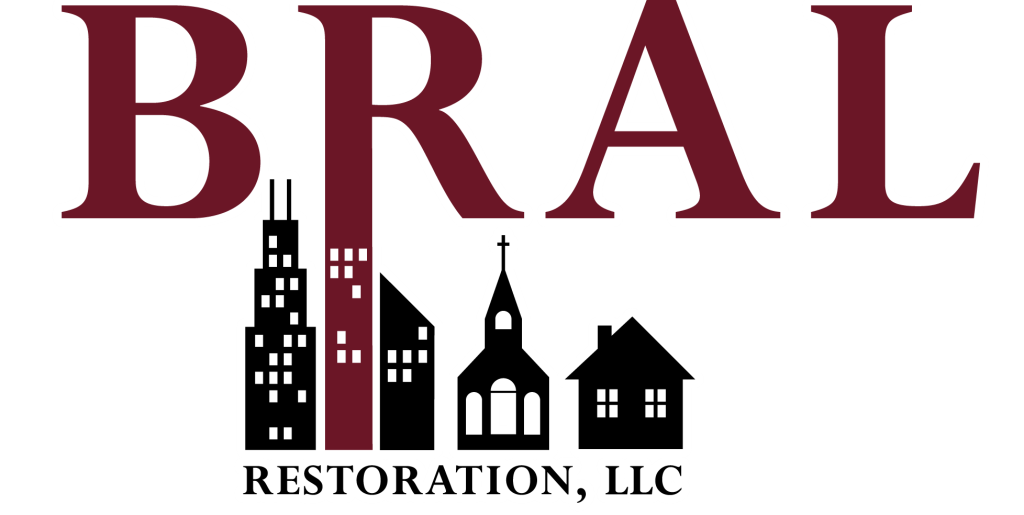If you’re a condo association or property manager in Florida, you’ve probably heard about milestone inspections. With Florida’s unique climate and hurricane-prone environment, ensuring the structural integrity of buildings isn’t just a good idea—it’s the law. Inspections like these are essential for protecting residents, maintaining property value, and staying compliant with state regulations.
But here’s the kicker: preparing for milestone inspections can feel overwhelming. From organizing documents to coordinating repairs, there’s a lot to juggle. Don’t worry—we’ve got you covered. This guide will walk you through everything you need to know to ace your condo milestone inspections in Florida and plan for any structural repairs.
What Are Florida Milestone Inspections?
Milestone inspections were introduced as part of Florida’s efforts to improve building safety after recent high-profile structural failures. These inspections focus on assessing the structural soundness of buildings, particularly those over three stories tall and 30+ years old (or 25 years old if located within three miles of the coastline). The goal? To identify and address issues before they become catastrophic.
Why Should Condo Associations and Property Managers Care?
Ignoring inspection requirements can lead to hefty fines, legal troubles, and, worse, endanger residents’ safety. A poorly planned inspection or repair process can also disrupt daily operations and cause unnecessary headaches. So, being proactive isn’t just smart—it’s essential.
Step-by-Step Guide to Florida Milestone Inspections
- Understand the Law
- The Florida Building Code mandates milestone inspections for specific properties. Make sure you know the deadlines and requirements for your building.
- Familiarize yourself with local government expectations—some counties may have additional rules.
- Assemble a Team
- Hire a licensed structural engineer or architect experienced in milestone inspections. They’ll play a crucial role in identifying potential structural issues.
- Designate a point person within the condo association or property management team to oversee the process.
- Gather Documentation
Before the inspection, collect these key documents:
- Original building blueprints.
- Past inspection reports, repair records, and maintenance logs.
- Any permits or documentation related to previous structural modifications.
- Notify Residents Early
Keep residents informed about the inspection schedule and potential disruptions. Transparency builds trust and minimizes complaints.
- Conduct a Pre-Inspection Walkthrough
- Walk through the property with your team to identify obvious issues like cracks in walls, water intrusion, or rusted steel.
- Take photos of problem areas to share with your inspector.
- Schedule the Inspection
- Work with your chosen professional to schedule the milestone inspection. It’s best to do this during a time that minimizes disruption for residents.
- Ensure the inspector has full access to the property, including restricted areas like basements, parking garages, and rooftops.
- Review the Inspection Report
Once the inspection is complete, your inspector will provide a detailed report highlighting structural deficiencies. Pay attention to the following:
- Immediate safety concerns requiring urgent repairs.
- Areas that need monitoring or maintenance to prevent future issues.
- Recommendations for long-term structural improvements.
- Plan for Repairs
If the report identifies issues, it’s time to roll up your sleeves and get to work:
- Prioritize repairs based on severity and urgency.
- Create a budget and timeline for the work.
- Partner with a reputable contractor like BRAL Restoration, known for their expertise in structural repair planning and building envelope protection in Florida.
- Secure Funding
- Tap into reserve funds or consider special assessments to cover repair costs.
- Research financing options if the repairs are extensive.
- Stay Compliant
- Submit the inspection report and proof of completed repairs to local authorities as required.
- Keep thorough records for future reference.
Tips for a Smooth Process
- Hire the Right Professionals: Look for contractors and inspectors with experience in Florida’s unique climate and building requirements. BRAL Restoration, for example, specializes in coastal property maintenance and hurricane preparation.
- Communicate Clearly: Keep residents, board members, and vendors in the loop throughout the process.
- Plan Ahead: Don’t wait until the last minute to schedule your inspection or start repairs.
FAQs
Who is responsible for milestone inspections?
Condo associations and property managers are generally responsible for ensuring that milestone inspections are conducted on time.
Are milestone inspections mandatory?
Yes, for buildings meeting specific criteria (e.g., height, age, location). The Florida Building Code requires these inspections to ensure public safety.
What happens if issues are found during the inspection?
You’ll need to address them promptly. Failing to act on identified issues can result in penalties and jeopardize residents’ safety.
How much do milestone inspections cost?
Costs vary based on the size and condition of the building. However, they’re a worthwhile investment to avoid more expensive repairs—or disasters—down the line.
Can we use any contractor for repairs?
It’s best to use contractors with experience in structural repairs and Florida’s building environment. BRAL Restoration is a trusted name for such projects.
Conclusion
Preparing for Florida milestone inspections doesn’t have to be stressful. By understanding the requirements, assembling the right team, and staying proactive, condo associations and property managers can ensure a smooth process. Remember, inspections aren’t just about staying compliant—they’re about protecting your property and the people who call it home.
When it comes to structural repair planning, partnering with an expert like BRAL Restoration can make all the difference. With their track record in Florida, they’re well-equipped to handle even the toughest challenges. So, take the first step today—your building (and your residents) will thank you!

